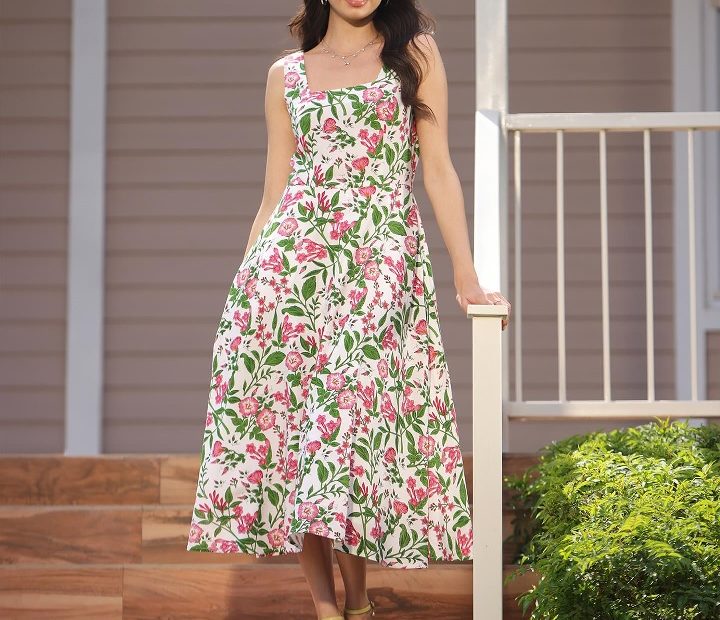The technique of layering turns basic items into stylish, adaptable ensembles that work for every season. Whether you’re dressing for frigid winter mornings or breezy summer evenings, knowing how to layer pieces together can improve your wardrobe. To get a unified and fashionable appearance, the secret is to balance various textures, colors, and lengths. By adding or removing garments in response to temperature changes, layering allows you to easily go from one season to the next.
When used correctly, layering improves your comfort and usefulness in addition to adding visual intrigue. For example, wearing a fitted coat and a comfortable cardigan with a lightweight top gives you a sophisticated but workable style. You may create ensembles that are appropriate for a variety of events and weather situations by combining key items like the best dresses for women and adaptable midi party dresses. By optimizing your wardrobe and maximizing your possibilities, learning how to layer well can help you stay fashionable and comfortable all year long.
Table of Contents
How to Perfect Your Layering Technique for Every Season
Layering allows one to create fashionable and useful combinations by knowing the principles and experimenting with many ideas. Choose a base piece—such as a simple top or dress—then stack your layers over it. This method guarantees that your ensemble stays together and lets you add warmth or flair as required.
Balancing Layers for Comfort and Style
Layering successfully is combining comfort and style. For your base layer, start with breathable materials like cotton or lightweight wool and build from there with warmer, more structured items. A sleek midi party dress, for example, may be dressed for cooler temperatures with a bulky knit sweater and a chic scarf. This not only warms you but also accentuates your wardrobe.
Mixing Textures and Fabrics
Mixing many textures and materials is one of the keys to good layering. Combining a structured blazer or a knit sweater with a denim jacket and a soft, flowing top gives your outfit visual appeal and depth. This method distinguishes every layer and helps to prevent a flat look, therefore enhancing the whole ensemble.
Layering for Different Occasions
Match your layering style to the occasion. Combining a basic pair of pants with a casual shirt, a denim jacket, and a comfortable cardigan will create a laid-back day out look. Layer a smart blouse with a fitted jacket and a long coat in more formal environments. Every mix may be changed to match the formality of the occasion, thereby guaranteeing your always acceptable and fashionable appearance.
Adapting Layers for Weather Changes
Changing seasons need adaptable layering methods. Start with a lightweight top in autumn, then add a medium-weight sweater and finish with a chic coat. You may start in a long-sleeve dress in the spring, add a light cardigan, and conclude in a trench coat. Changing your layers to fit the season not only keeps you comfortable but also enables you to look professional all year long.
Incorporating Seasonal Trends
While you concentrate on layering, including seasonal trends will help to maintain your appearance current and fresh. For a flash of color, for instance, tighten a dress with a contemporary belt or use a patterned scarf. These little details update your wardrobe even if you still depend on traditional layering methods.
Conclusion
Creating fashionable looks suitable for every season requires mastery of layering. You will create a flexible wardrobe by knowing how to blend materials, balance comfort and style, and fit diverse events. The correct layering techniques—including items like the best dresses for women and midi party dresses—will always help you to look stylish and feel comfortable regardless of the weather.
